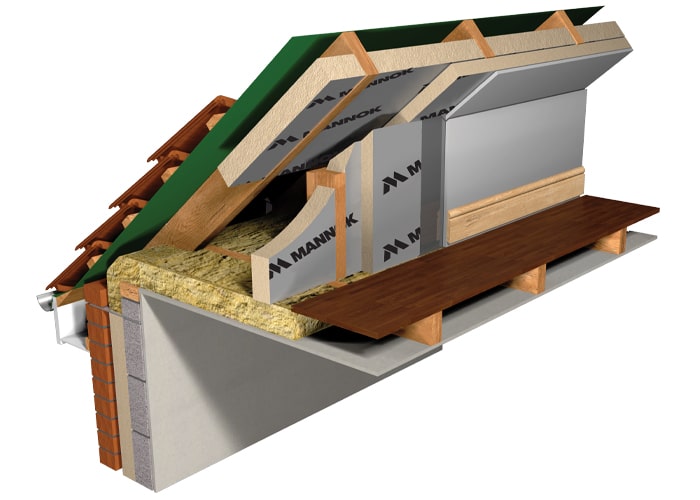In today's world, where environmental concerns are at the forefront, it is crucial to understand the impact of various materials on our planet. Fiberglass, a widely used material in numerous industries, has gained popularity due to its versatility and durability. However, beneath its seemingly beneficial properties lies a hidden environmental cost. In this blog post, we will delve into the reasons why fiberglass is detrimental to the environment, shedding light on its adverse effects and exploring sustainable alternatives.
- Production Process and Energy Consumption:
The manufacturing of fiberglass involves energy-intensive processes, contributing to greenhouse gas emissions. The production of fiberglass requires the extraction of raw materials such as silica sand, limestone, and soda ash, which are non-renewable resources. The extraction process can lead to habitat destruction, soil erosion, and water pollution, further exacerbating environmental degradation. - Air and Water Pollution:
During the production of fiberglass, harmful pollutants are released into the air and water. Volatile organic compounds (VOCs), including styrene, are emitted during the resin curing process, posing health risks to workers and nearby communities. Additionally, the wastewater generated during production contains chemicals and heavy metals, which can contaminate water sources and harm aquatic ecosystems. - Waste Generation and Disposal:
Fiberglass waste poses a significant challenge due to its non-biodegradable nature. When fiberglass products reach the end of their lifespan, they often end up in landfills, where they contribute to the growing problem of waste accumulation. The decomposition of fiberglass can take hundreds of years, releasing microplastics into the environment and further polluting soil and water. - Health Risks:
Fiberglass particles, known as airborne fibers, can be released during the production, installation, and demolition of fiberglass-based products. Prolonged exposure to these fibers can lead to respiratory issues, skin irritation, and even cancer. Moreover, the disposal of fiberglass waste without proper precautions can expose workers and communities to these hazardous fibers.
Sustainable Alternatives:
Recognizing the environmental impact of fiberglass, industries are actively seeking sustainable alternatives. Some promising options include:
a) Natural Fiber Composites: Utilizing renewable resources such as hemp, flax, or bamboo fibers, these composites offer comparable strength and durability while reducing environmental harm.
b) Recycled Materials: Incorporating recycled glass or plastic fibers into composite materials can help reduce the demand for new fiberglass production and minimize waste accumulation.
c) Bio-based Polymers: Developing bio-based resins derived from plant-based sources can significantly reduce the carbon footprint associated with fiberglass production.
Conclusion:
While fiberglass has been widely used across industries, its negative impact on the environment cannot be ignored. From energy-intensive production processes to pollution and waste generation, the environmental hazards associated with fiberglass call for urgent action. By exploring sustainable alternatives and adopting eco-friendly practices, we can mitigate the adverse effects and pave the way for a greener future.

